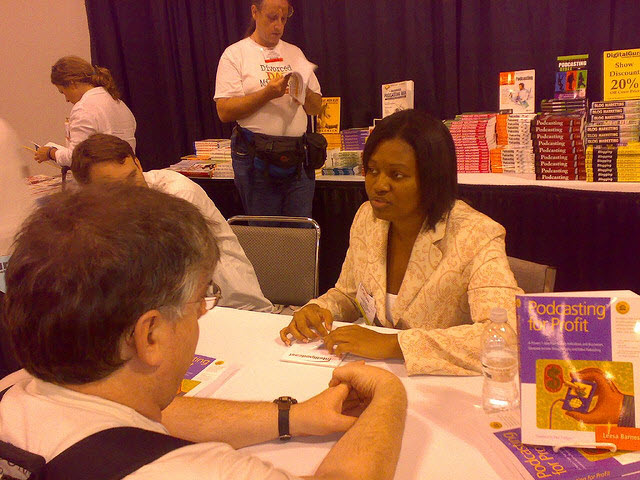Wednesday morning, I spent 3-hours getting a whole bunch of stuff done at the doctor’s office. Nothing serious, just getting a physical done after not stepping into a doctor’s office since 2004.
I had to get some other work done and had a conversation with the technician. I noticed that there were alot of VHS tapes on the bookshelf behind us.
So I asked:
“What’s up with all the old tapes?”
To which she said:
“We send everything over on tapes and film.”
My god! Tapes and film? So then I asked:
“You mean, nothing is digitized?”
To which she said:
“Only one clinic in all of Mississauga has the digital machine. They copy the images to CD, but for everyone else, we just use tapes and film.”
FYI – Mississauga is the city that borders Toronto to the west and has a population of 650,000.
You’re kidding me? Tapes and film? I was flabbergasted. In this day and age of everything being digital, this technician told me that they still use tapes and film. No wonder Kodak is still in business.
She went on to tell me that she doesn’t have a computer at home and couldn’t care less about it. Even though she uses a computer at work to capture images, she doesn’t see that as using a computer. It’s just a function of her job. She pinched and told me that they still use index cards and appointment books to schedule and store patient information. There isn’t even a computer at the receptionist’s desk. Yikes!
The technician was in her late 40s or early 50s. Although the technological landscape was changing around her, she had no reason to change herself. She got her certification in the 1970s and her skills are still relevant today as they were when she first learned them 30-years ago.
Which brings me to my point – Not everyone is online. Alot of people are, but not everyone. There’s a segment of the market who will never – and don’t care to – go online, even if they have the financial means to do so.
I was interviewing one of my former clients the other day and he said that he burns his podcast episodes to a CD. Because his target listeners are in their 50s and 60s, he knows he needs to share his podcast on something these people are familiar with.
Now, he gets decent traffic on his podcast. In the first 48-hours when he publishes a new episode, he gets close to 200 downloads. Pretty impressive if you ask me. So, there’s a portion of his audience who’s listening to his podcasts on the web.
However, he also understands that there’s a big segment who isn’t. So he adjusts. And while the technician who I met on Wednesday will never go online, I know that I’m the one who’ll need to adjust. That way, I can still reach a portion of my target market who wouldn’t touch a computer with a 30-foot pole.


Since I moved to Toronto last fall I have been astonished at how “backwards” many Toronto medical businesses and services are. In my hometown of London, Ontario (a city of 360,000 found half-way between Toronto and Detroit), most of the doctors and blood labs I dealt with used computers and the internet. At the extreme end of this trend, I had a family physician who was very tech savvy, and carried around a laptop as she saw each client, putting all their information on her networked database so that she had everything at her fingertips at all times.
Whenever bloodwork was performed, the Gamma Dynacare lab I regularly visited would e-mail my doctor the results within a day or two (as opposed to the several days it takes for hard copies to be couriered or mailed).
In stark contrast, my new doctor here in Toronto works in the office of a walk-in clinic which has (as far as I can see) NO computer files on clients (apart from the required provincial medicare billing). The MDS lab I visited to get my bloodwork done snail-mailed my results several days after I had been at the lab. I can’t believe the amount of paper both places still use…